'If it's gathering dust, it's the problem' – How to easily identify the clutter-tastic ‘accumulation pieces’ causing all your mess and banish them for good
Prevent clutter from creeping into your space
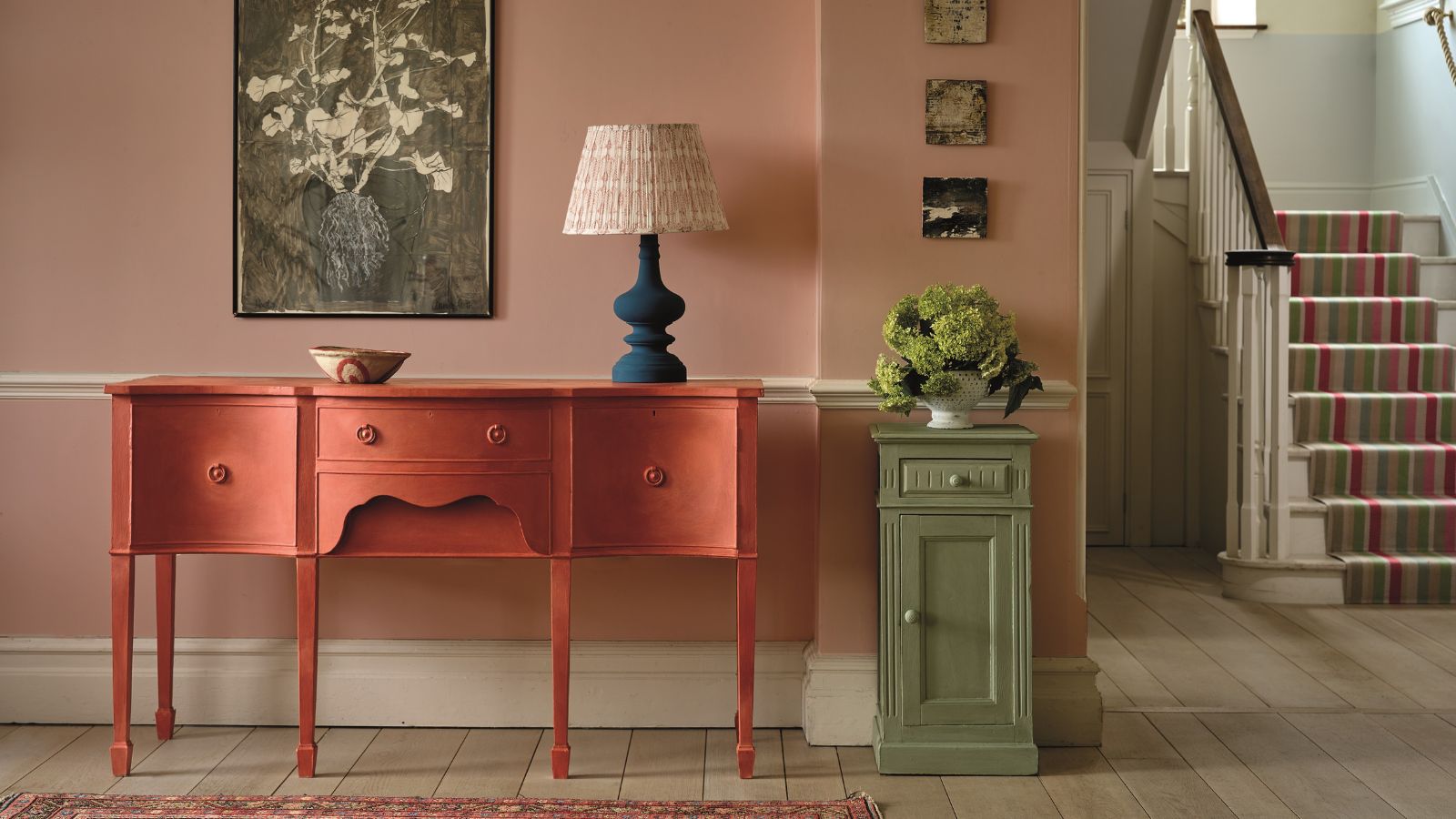

While it might seem obvious, when a house is overly cluttered and untidy, it can be difficult to pin down the exact root cause of all the mess, or where to start.
According to professional organizers, however, it's the 'accumulation pieces' that are getting in the way of your dream, streamlined space.
Here our panel of pros share their decluttering tips for identifying these key clutter-driving items and ridding your home of them for good.
What are common 'accumulation' pieces?
As Di Ter Avest, professional organizer and founder of Diisorganized, explains, 'Accumulation pieces are those little things that build up over time without you even realizing it.'
For example, how often do you find yourself buying new books compared to how often you find yourself decluttering books? This is something we're almost all guilty of, but as Di warns, 'Before you know it, you've got stacks everywhere, half of which you'll never read again,' or even read at all.
'Clothes can be another category, especially if you keep adding new pieces without letting go of the old ones,' she continues, taking time to implement the rules for decluttering clothes. 'Then there are decorative items – candles, vases, trinkets, and souvenirs – that seemed like a great idea at the time, but now, they just take up space.
'Paper clutter is another biggie – old magazines, receipts, and random paperwork that never actually gets dealt with,' leaving you desperately trying to get rid of paper clutter before it takes over your home.
'And let's not forget kitchen gadgets,' adds Di. 'That avocado slicer and mini waffle maker? If they're gathering dust, they're just part of the problem.'
Put simply, Ben Soreff, professional organizer at House to Home Organizing, surmises, 'Accumulation clutter is basically not random clutter,' and instead is items that traditionally have categories in our home, like books or clothes, that we either don't put away, or those that we find ourselves simply 'collecting.'
In contrast, items that don't typically come into our space, 'like a costume hat from a dress-up birthday party,' are examples of normal clutter, he advises. It's still recommended to employ some decluttering methods to clear these items too, but it's unlikely that they are the cause of all your mess.
All prices correct at time of publication.
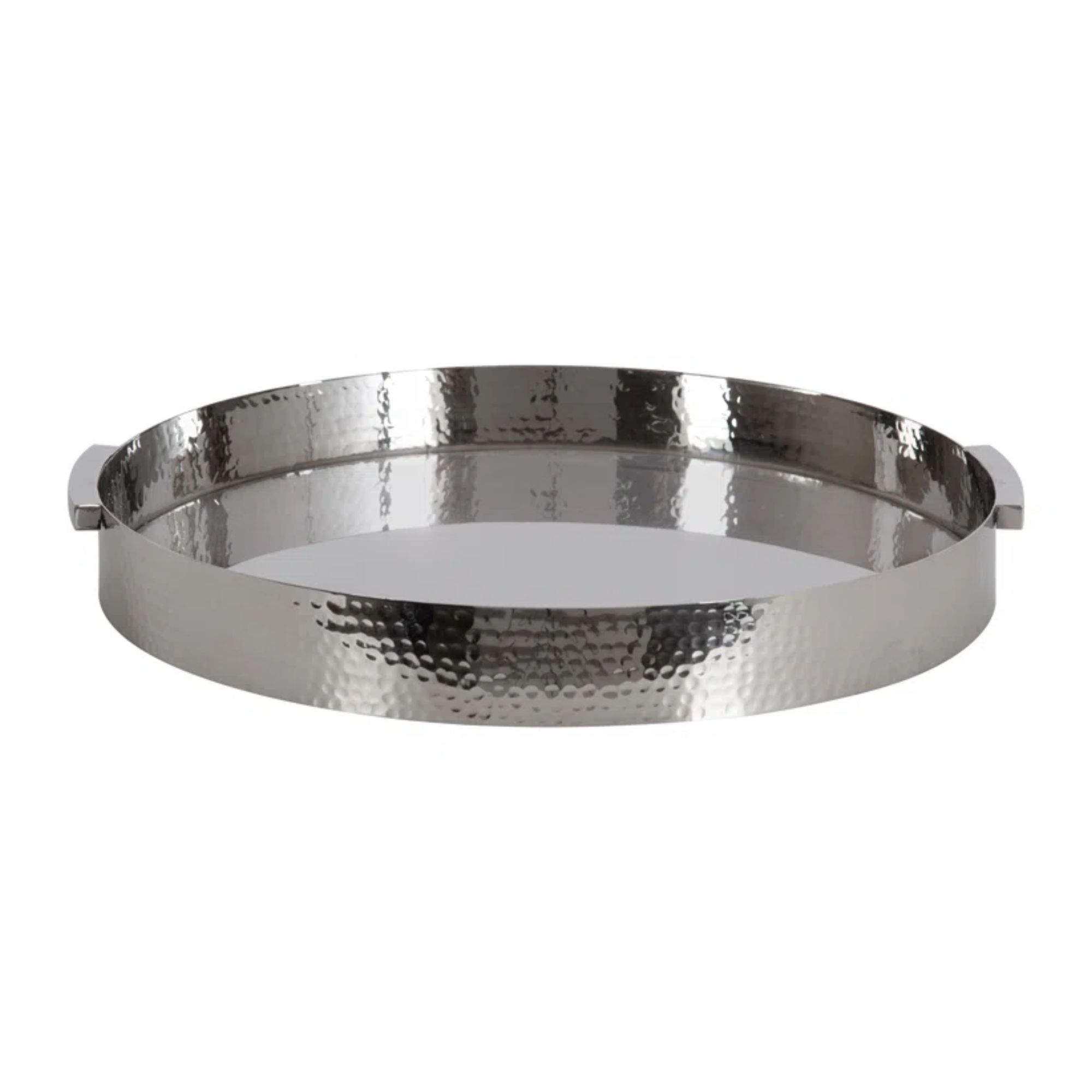
Corral decorative items like candles and trinkets on a decorative tray to keep them neatly in one place, rather than allowing them to spread all around your home.
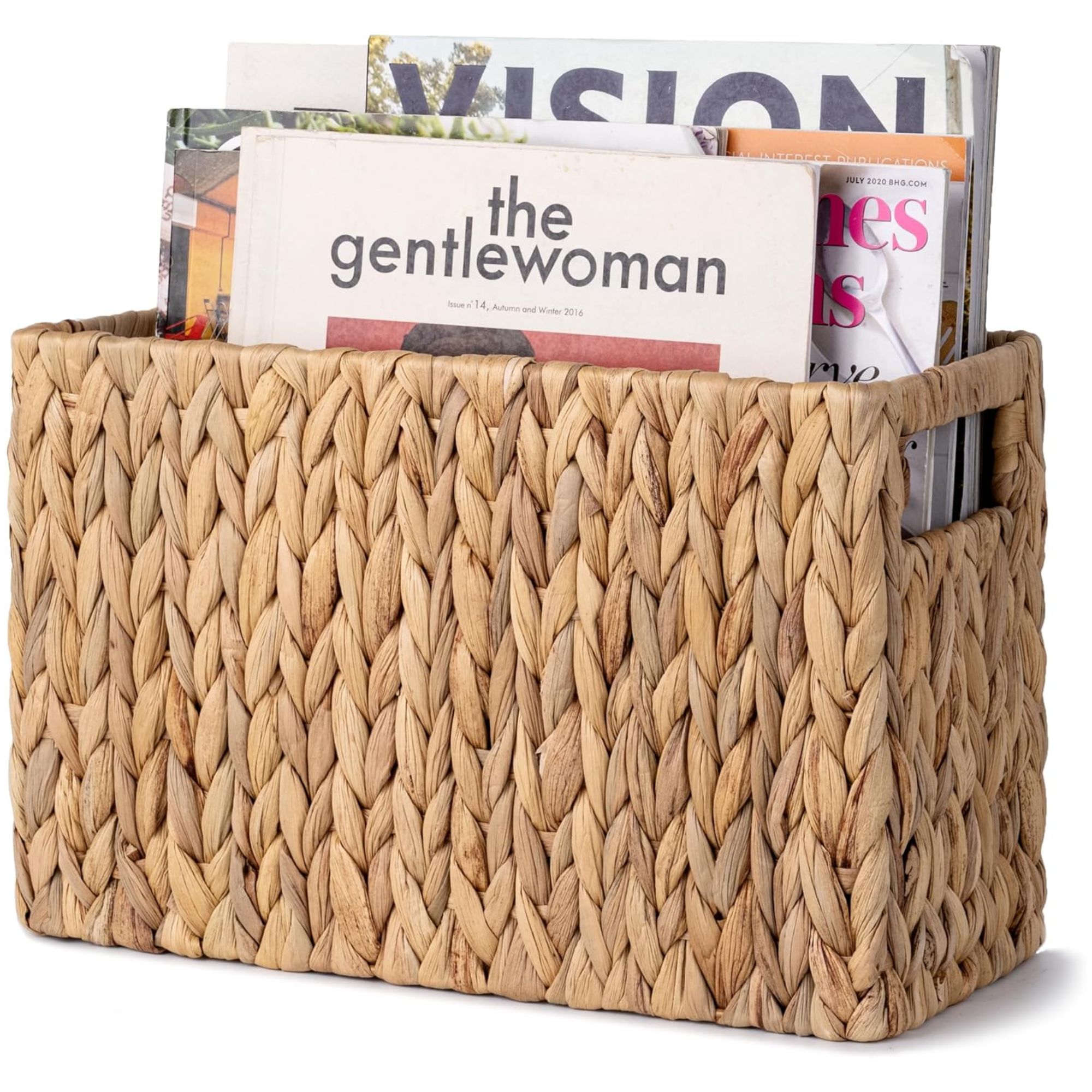
There's no saying that a stack of magazines can't look stylish, but, for any extras, keeping them stored in a rack stops them from causing visual clutter.
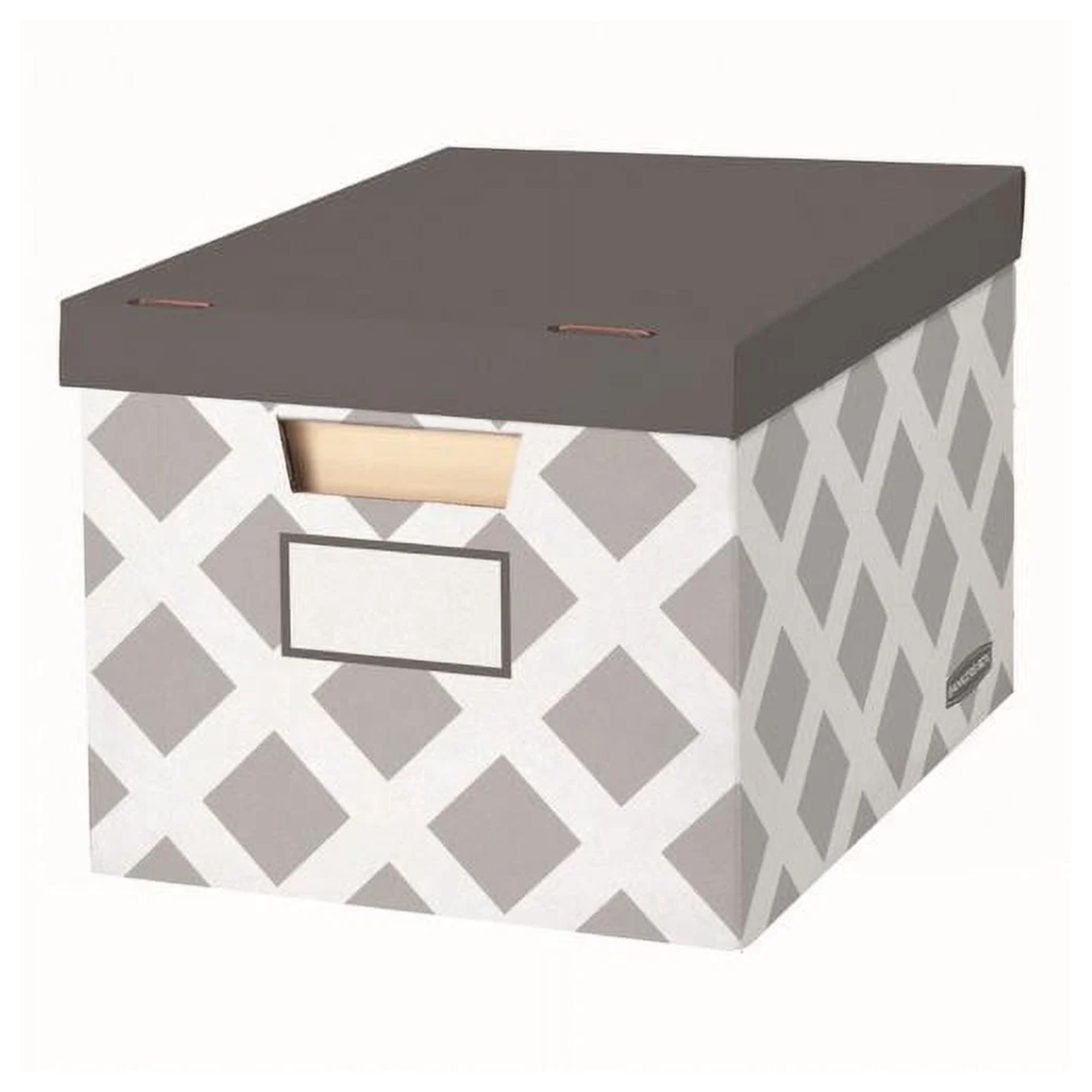
It might not be the most exciting or inventive of storage items, but a document box ensures paper clutter is hidden and organized.
How can you identify these problem areas?
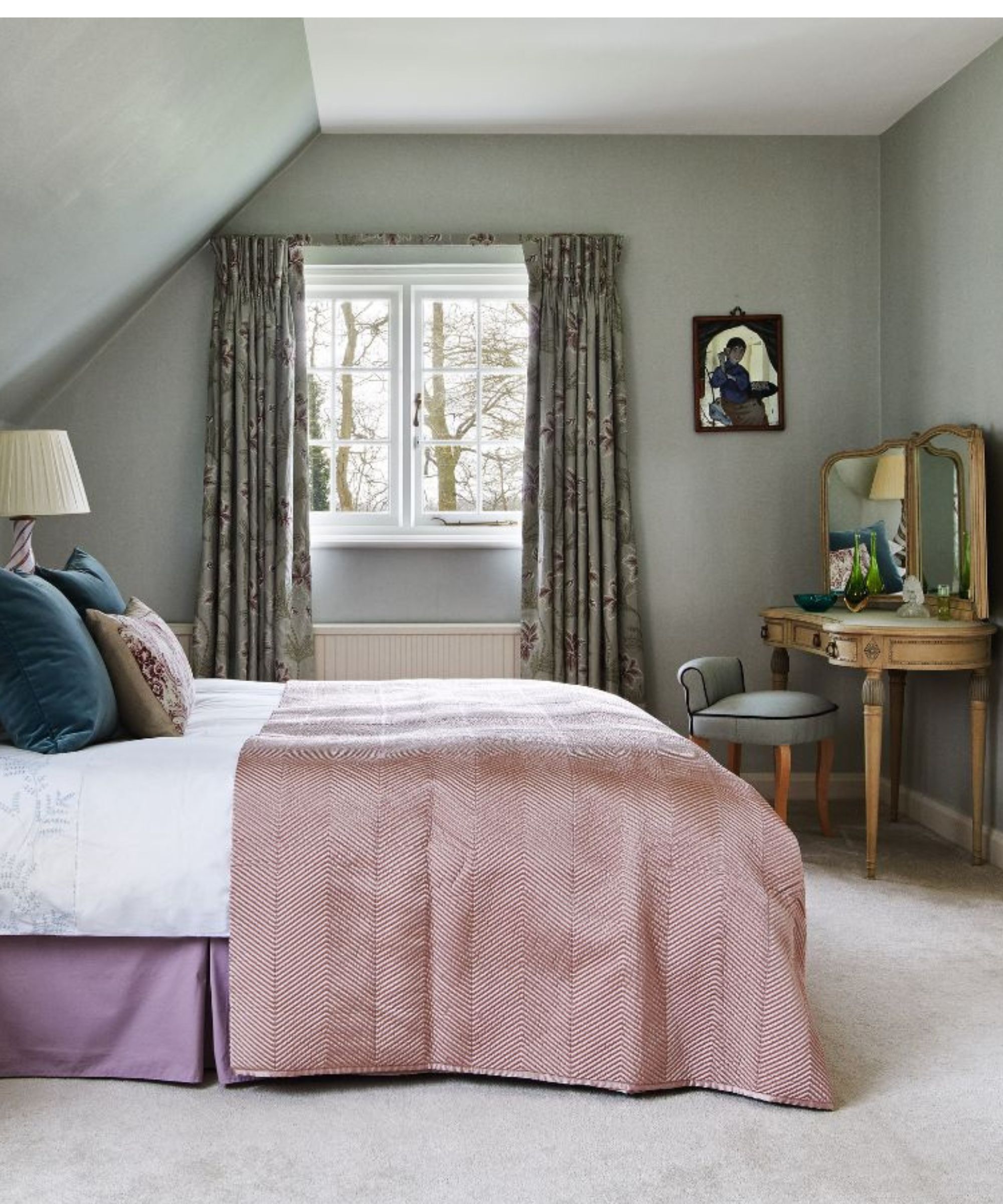
When striving for a serene space like this, identifying problem areas where clutter accumulates makes it easier to achieve
According to Di, the key to identifying these problem areas is all about looking at your space with fresh eyes, which is also one of Marie Kondo's top tips for tidying before hosting.
'If you've got areas that always look cluttered no matter how much you tidy up, chances are, they're filled with accumulation pieces,' explains Di. 'Think about spots where things just seem to collect – your bedside table, bookshelves, countertops, or even the chair in your bedroom that's constantly covered in clothes.'
Even taking the time to declutter one at a time, starting with decluttering your nightstand, for example, can have a huge effect on your space, and really help to clear visual clutter in the bedroom.
'Another clue? Items you have, but never use,' continues Di. 'If you're constantly shifting things around to make room for new stuff, but those old things never actually get touched, that's a sign.
'Pay attention to the stuff that blends into the background – you don't even see it anymore because it's been sitting there for so long.'
For these items, we recommend using the 'Didn't Know' decluttering method and collecting them in a sturdy storage basket, such as the Mainstays Large Easy Access Plastic Storage Bin available at Walmart, before deciding whether to donate or sell the decluttered items.
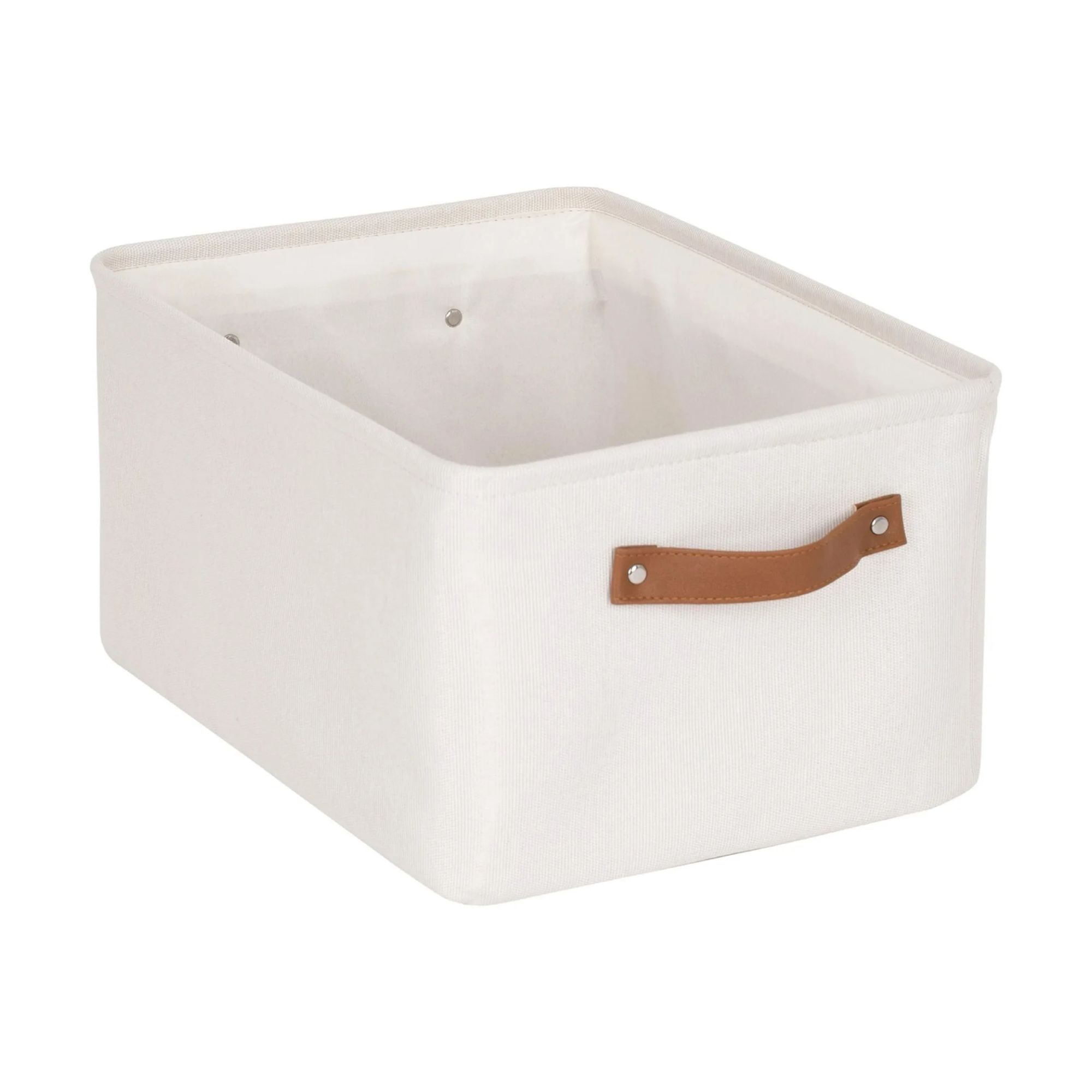
Opting for a lightweight storage basket with handles makes carrying items for donation to your car easy. This one has a durable and sturdy frame.
How to declutter 'accumulation pieces'

Extra care and attention may be necessary to cut accumulation pieces from your home for good
'The best way to tackle accumulation pieces is to go category by category,' advises Di. 'If it's books, take a hard look and ask yourself, "Would I buy this again today?" If not, it might be time to let it go.'
When it comes to capsule decluttering for your closet, Di recommends using the hanger trick, which is one of the easiest ways to declutter clothes fast if you're looking to cull a significant amount.
She explains, 'Turn all your hangers backward, and after a few months, donate anything you haven't worn.' This simple method is so effective for removing unnecessary items that are making your closet look cluttered.
'For décor, be honest about what actually adds to your space and what's just there because you never got around to moving it,' she adds, and for paper clutter, set a limit of six months and donate anything you haven't needed or looked at after that period.
'The key is to stop holding onto things "just in case,"' concludes Di. 'If it's not useful, meaningful, or truly bringing you joy, it's just taking up space.'
Meet our experts

Ben has experience with Level 5 Hoarders, so has extensive knowledge about what constitutes normal, everyday clutter, and how 'accumulation pieces' can take over your space before you've even realized.

Di has helped hundreds of clients rethink their relationship with clutter, nailing down how to identify problem areas to banish them for good.
One of the most difficult streamlining conundrums is knowing how to declutter as a maximalist. Rest assured – you don't have to compromise on style and taste. Instead, distinguish between intention and accumulation pieces to champion pieces you really love while getting rid of those you don't.
Sign up to the Homes & Gardens newsletter
Design expertise in your inbox – from inspiring decorating ideas and beautiful celebrity homes to practical gardening advice and shopping round-ups.

Ottilie joined Homes & Gardens last year, after finishing a Master's in Magazine Journalism at City, University of London. With previous contributions in Livingetc and Motorsport Magazine, she produces content for the Solved section on the website, focusing on clever tips and tricks to keep your home beautiful, organized and clean. She also has an undergraduate degree in English Literature and History of Art from the University of Edinburgh, where she developed a love for inspiring interiors and architecture.
You must confirm your public display name before commenting
Please logout and then login again, you will then be prompted to enter your display name.
-
 Elton John's home fragrance collection is 'a tribute to the optimism and beauty that spring brings' – and it's under $45 to scent your home this April
Elton John's home fragrance collection is 'a tribute to the optimism and beauty that spring brings' – and it's under $45 to scent your home this AprilSlatkin + Co. teamed up with Elton John to create a home scent inspired by his historic Woodside Estate – they're beautiful, affordable, and selling quickly
By Sophie Edwards
-
 My orchid's leaves haven't wrinkled since moving it to this exact spot in my home – it's the easiest hack to keep these flowering houseplants hydrated
My orchid's leaves haven't wrinkled since moving it to this exact spot in my home – it's the easiest hack to keep these flowering houseplants hydratedDehydrated orchids can perk up again in the environment of a bathroom
By Tenielle Jordison
-
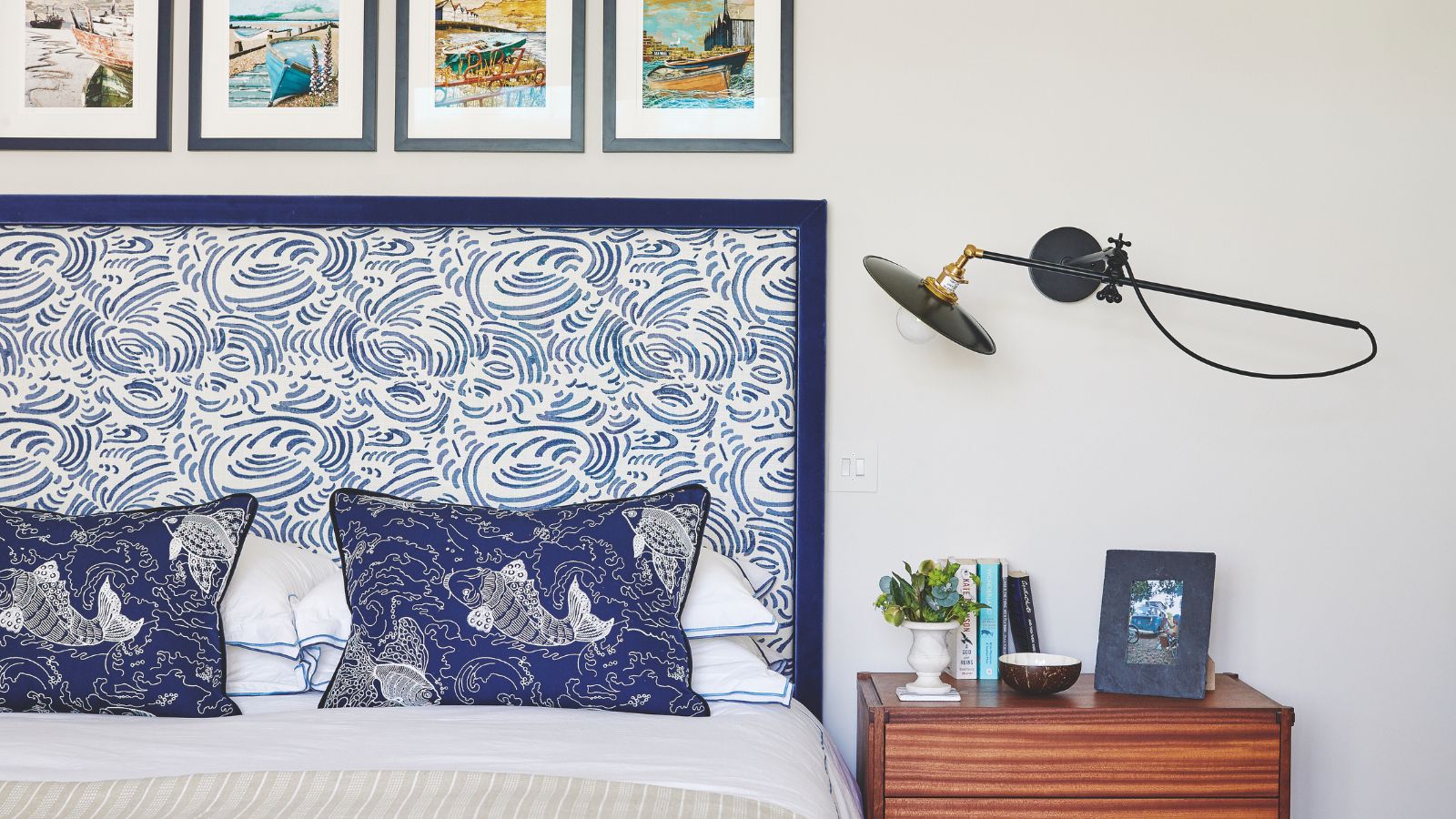 'Big results before you know it' – experts urge you to use the ‘Take Away 10’ method for simple decluttering with zero decision fatigue
'Big results before you know it' – experts urge you to use the ‘Take Away 10’ method for simple decluttering with zero decision fatigueIt can cut hundreds of items from your home in just a few weeks
By Ottilie Blackhall
-
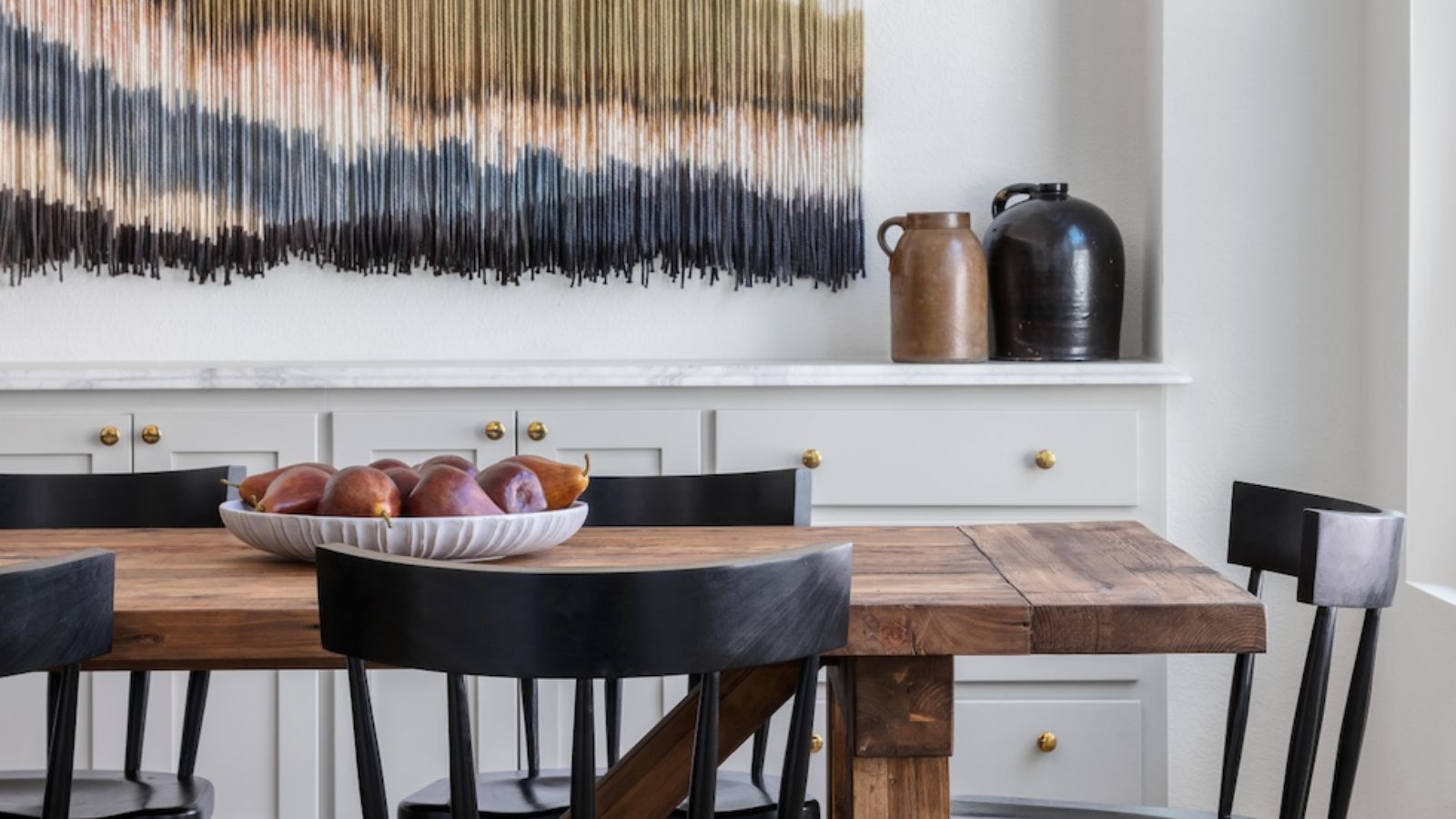 How the 'ODT' method can help you to tackle your overwhelming decluttering checklist – and streamline the process from start to finish
How the 'ODT' method can help you to tackle your overwhelming decluttering checklist – and streamline the process from start to finishAvoid 'analysis paralysis' and tick off tasks quickly and easily by making just one decision at a time
By Ottilie Blackhall
-
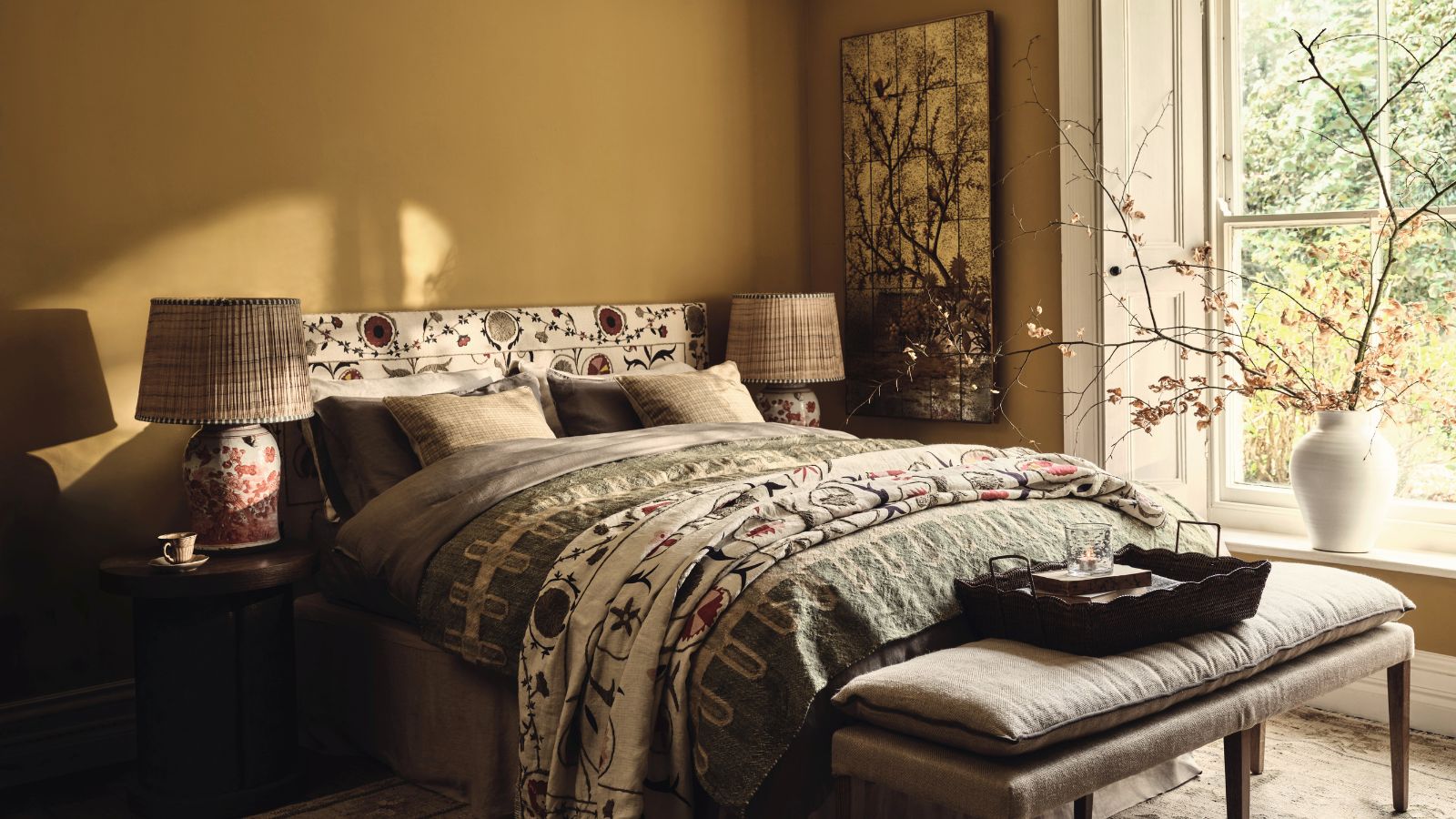 I gave the ‘try-for-five’ method a go in my small home – it's a brilliantly easy way to beat chore procrastination in seconds
I gave the ‘try-for-five’ method a go in my small home – it's a brilliantly easy way to beat chore procrastination in secondsThis method is great for those with executive dysfunction
By Chiana Dickson
-
 'It's a fast reset button' – using the 1, 2 ,3 ,4, 5 decluttering method cleared my persistent mess in seconds
'It's a fast reset button' – using the 1, 2 ,3 ,4, 5 decluttering method cleared my persistent mess in secondsIt's easy, effective and so quick to do
By Ottilie Blackhall
-
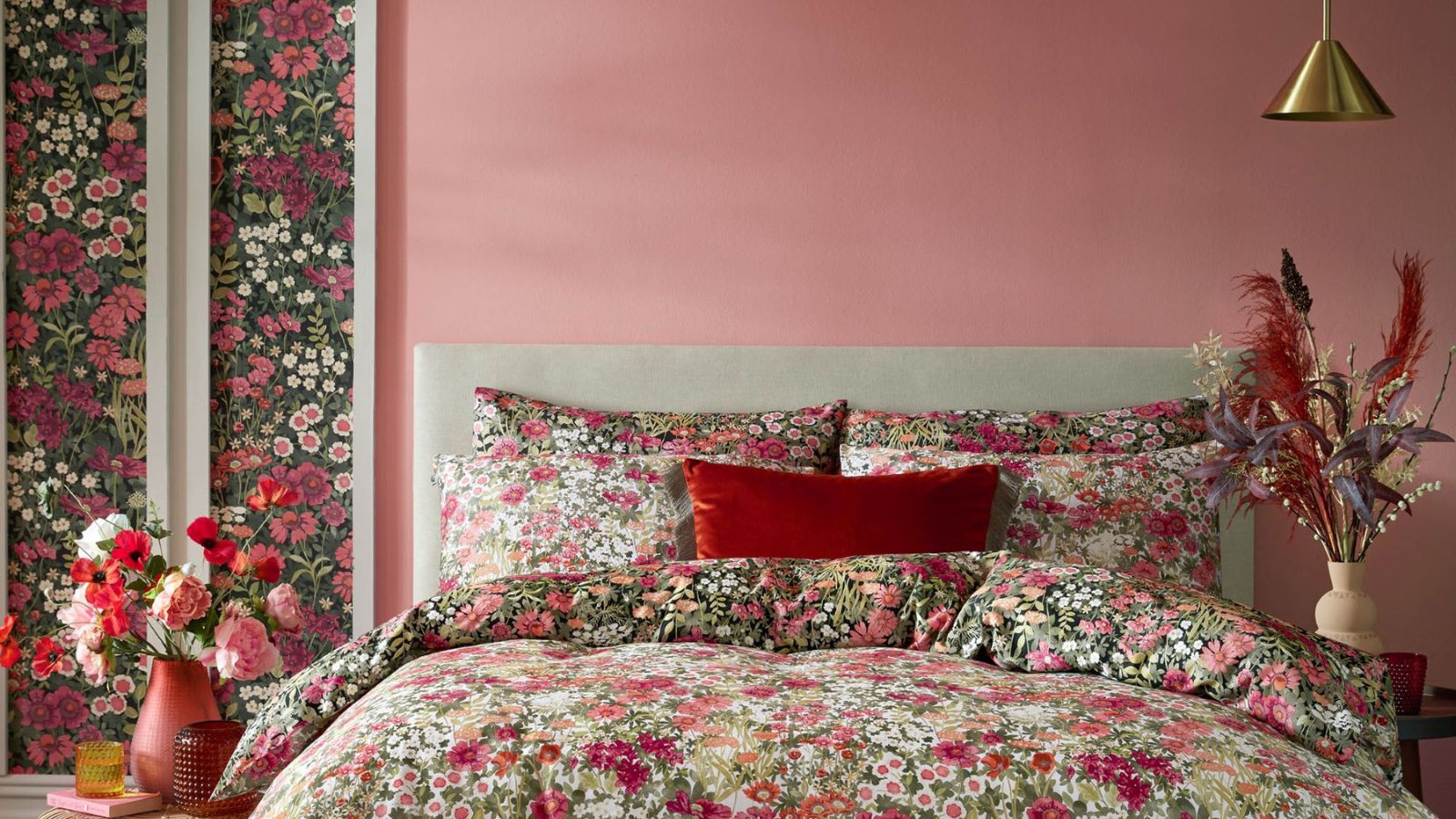 This simple closet swap doubled my cramped hanging space – professional organizers swear by it too
This simple closet swap doubled my cramped hanging space – professional organizers swear by it tooVelvet hangers have transformed my closet
By Eve Smallman
-
 I tried the 'GFD' basket tidying trick ahead of hosting – it was a last-minute clutter-busting savior
I tried the 'GFD' basket tidying trick ahead of hosting – it was a last-minute clutter-busting saviorThis quick clean-up fall-back saved my game night
By Chiana Dickson
-
 I tried the 'Reverse Decluttering' method – it made clearing clutter in my small home stress-free, speedy and guilt-free
I tried the 'Reverse Decluttering' method – it made clearing clutter in my small home stress-free, speedy and guilt-freeIt's a simpler way to cut clutter
By Chiana Dickson
-
 'They all feel chaotic’ – 6 things that make a room look really messy and what to do for an instant lift
'They all feel chaotic’ – 6 things that make a room look really messy and what to do for an instant liftEasily make your home less stressful by fixing these common faux pas
By Chiana Dickson